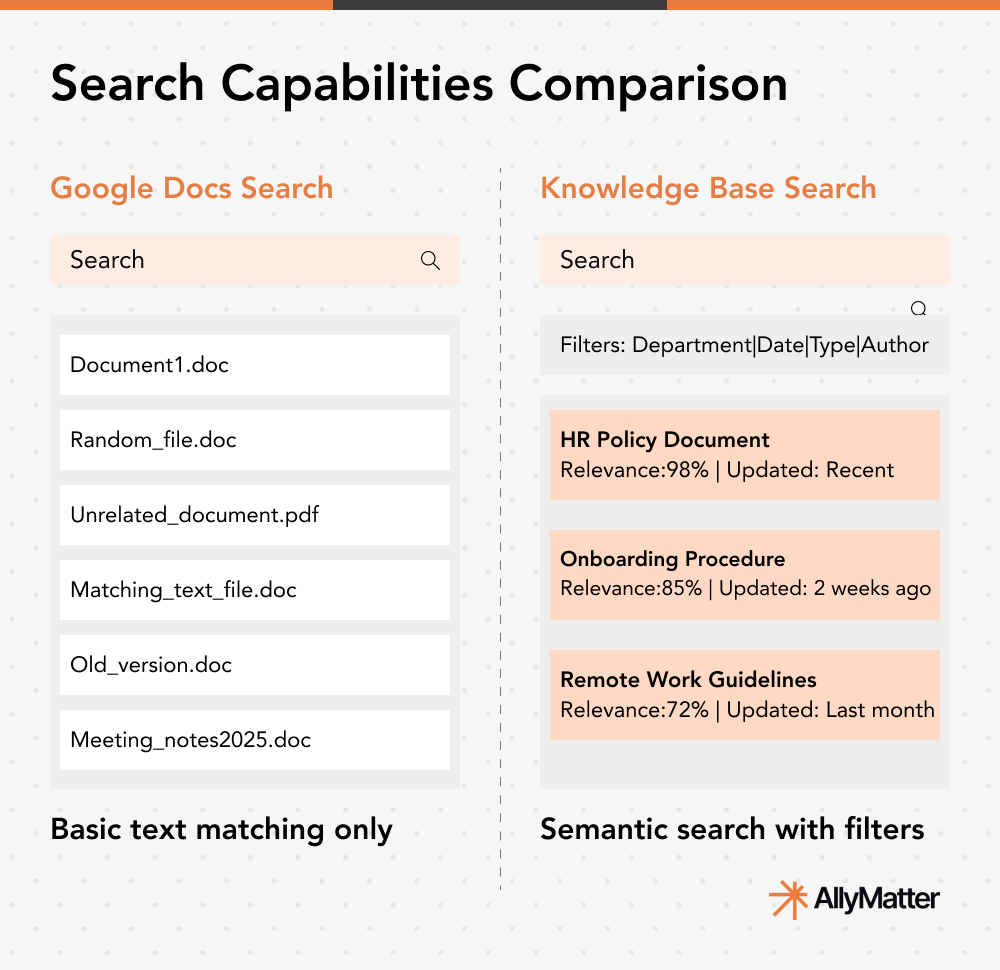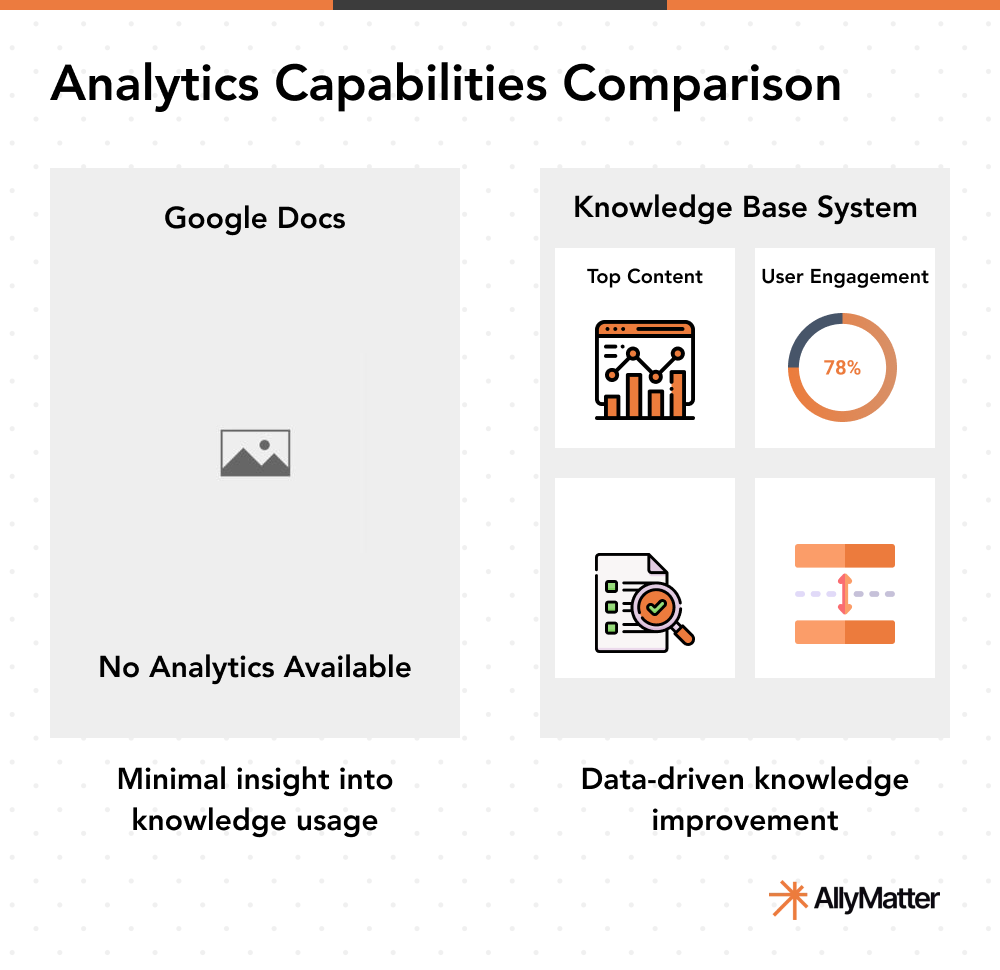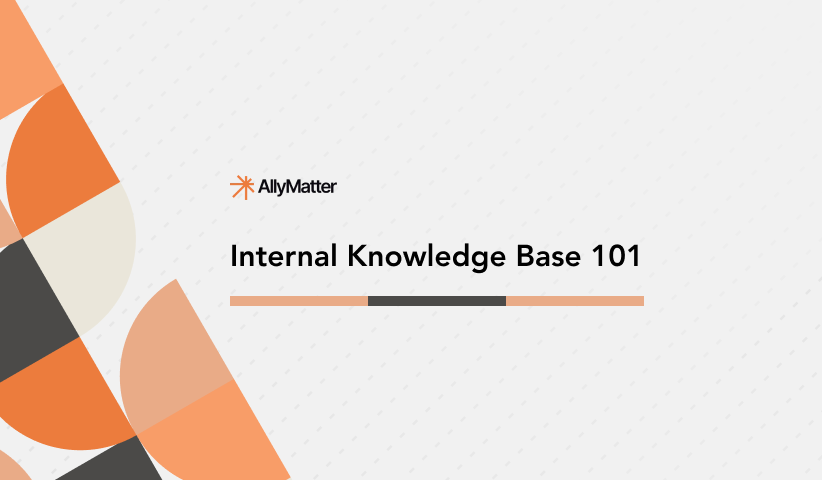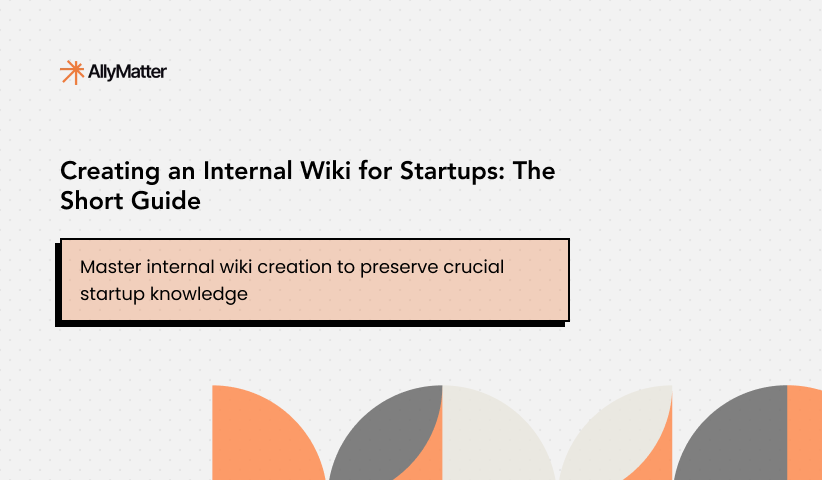While Google Docs offers familiar and accessible document creation tools, it was never designed to serve as a comprehensive internal knowledge management system. Organizations that attempt to build their knowledge repositories on Google Docs quickly encounter significant limitations that hamper efficiency, collaboration, and growth. Here’s why Google Docs fails as an enterprise knowledge base solution.
Organizational Structure Limitations
Folder-based organization only
Google Docs relies primarily on a traditional folder structure, which becomes increasingly inadequate as knowledge bases grow.
This linear organization method forces teams to decide on a single way to categorize information, when in reality, knowledge often belongs in multiple categories simultaneously. As content grows, these folder structures become unwieldy and confusing.
No true taxonomy system
Google Docs lacks a proper tagging or category system for organizing information beyond folders.
Without the ability to create a flexible taxonomy with tags, metadata, or attributes, organizations can’t build intuitive navigation systems that match how people actually think about and search for information. This makes cross-referencing related content nearly impossible.
Limited interconnection between documents
While Google Docs allows basic hyperlinking, it lacks robust features for building a truly connected knowledge graph.
The system offers no automated way to identify or suggest related content, forcing users to manually maintain links between documents. This leads to knowledge silos where valuable connections between information remain undiscovered.
Search and Discovery Problems
Rudimentary search capabilities
Google Drive’s search functionality is basic compared to dedicated knowledge management systems.

Search results are often overwhelming and poorly prioritized, with limited filtering options. The system struggles with semantic search or understanding the intent behind queries, returning literal matches rather than conceptually relevant content.
No content-specific search
Google Docs doesn’t offer specialized search features tailored to knowledge base needs.
Users can’t easily filter by author (instead of owner), department relevance, or other knowledge-specific attributes. Google docs offers a general search engine and cannot identify documents by version, department applicability and applicability to the searcher. This makes finding the right information at the right time needlessly difficult.
Poor handling of media and attachments
In Google Docs, content embedded within documents or attached to them isn’t properly indexed for search.
As a result, critical information contained in images, diagrams, or attachments often becomes invisible to search. This leads to knowledge gaps where important context goes undiscovered.
Collaboration and Workflow Limitations
No structured review workflows
Google Docs lacks built-in features for knowledge review cycles or approval processes.
Without dedicated workflow tools, organizations struggle to implement systematic content reviews, approvals, or updates. This leads to outdated information remaining in circulation without proper verification or renewal.
No knowledge-specific roles
The permission system isn’t designed with knowledge management roles in mind.
Google Docs’ simple editor/viewer/commenter permissions don’t accommodate specialized knowledge roles like subject matter experts, content approvers, or knowledge managers. This makes it difficult to implement proper governance over organizational knowledge.
Comment-based collaboration only
Relying on comments for collaboration becomes unwieldy for knowledge management at scale.
As documents accumulate dozens or hundreds of comments over time, the comment system becomes cluttered and difficult to navigate. There’s no effective way to track which feedback has been addressed or incorporated.
Content Standardization Challenges
Inconsistent formatting
Google Docs provides few tools for enforcing consistent document structures or styles across a knowledge base.
Without strong template controls or enforced styling, knowledge content quickly becomes visually inconsistent. This not only looks unprofessional but also makes information harder to scan and comprehend.
No content types or schemas
Unlike proper knowledge bases, Google Docs doesn’t support different document types with specialized attributes.
Every document follows the same basic structure, whether it’s a policy, procedure, reference guide, or troubleshooting document. This one-size-fits-all approach prevents implementing best practices for different types of knowledge content.
Limited version control
While Google Docs tracks revisions, its version management features are inadequate for maintaining a structured knowledge base.
Users can’t easily compare versions, tag significant revisions, or maintain parallel versions for different audiences. This creates confusion about which version represents the current “source of truth.”
User Experience Issues
Not designed for consumption
Google Docs’ interface prioritizes editing over reading or knowledge consumption.
The editing-focused interface includes numerous toolbars and menus that distract from content consumption. Unlike dedicated knowledge bases with clean reading views, Google Docs feels cluttered when users simply need information.
Poor mobile experience
Google Docs on mobile devices offers a compromised experience that hampers knowledge access.
Mobile users face formatting issues, navigation difficulties, and limited functionality. In a world where employees increasingly need knowledge access on the go, this represents a significant limitation.
No guided learning paths
Google Docs provides no way to create structured learning sequences or knowledge journeys.
Unlike proper knowledge bases that can guide users through related concepts in a logical order, Google Docs offers no way to create prescribed learning paths or structured onboarding materials.
Integration and Scalability Concerns
Limited API capabilities
Google Docs’ API has restricted functionality for building integrated knowledge ecosystems.
Organizations seeking to connect their knowledge base with other business systems face significant technical limitations. The available integration points lack the depth needed for sophisticated knowledge management workflows.
Performance degrades at scale
As document libraries grow, Google Drive’s performance noticeably deteriorates.
Organizations with thousands of knowledge documents experience slower loading times, search delays, and synchronization issues. Google Docs wasn’t architected for the content volume that mature knowledge bases typically contain.
Storage limitations
Google’s storage limits can become costly for media-rich knowledge bases. A Google Doc can contain up to 1.02 million characters. Additionally, if you convert a text document to Google Docs format, the file size limit is 50 MB.
Organizations with extensive visual documentation, video tutorials, or high-resolution diagrams quickly encounter storage constraints that require expensive upgrades or compromises in content quality.
Analytics and Improvement Limitations
Minimal usage analytics
Google Docs provides virtually no insights into how knowledge content is being used.
Administrators can’t identify the most valuable resources, detect content gaps, or understand user search patterns. This blind spot prevents data-driven improvement of the knowledge base.

No feedback mechanisms
There’s no built-in system for gathering user feedback on knowledge content quality or usefulness.
Without easy ways for users to rate content, flag outdated information, or suggest improvements, knowledge bases stagnate rather than continuously improve based on actual usage.
Limited audit capabilities
Google Docs lacks robust audit trails needed for compliance-sensitive knowledge.
Organizations in regulated industries struggle with inadequate logging of who accessed what information and when. This creates compliance risks when knowledge bases contain sensitive or regulated information.
Why AllyMatter
AllyMatter provides a purpose-built knowledge management solution that addresses the fundamental limitations of Google Docs. Its intelligent architecture was designed specifically for creating, organizing, and sharing organizational knowledge.
The platform features a flexible taxonomy system with robust tagging and categorization capabilities, allowing information to be organized intuitively across multiple dimensions. Content can be interconnected through automatic relationship mapping, creating a true knowledge graph rather than isolated documents.
AllyMatter’s powerful search engine understands the context and meaning behind queries, delivering relevant results regardless of exact wording. The system properly indexes all content types, including embedded media and attachments, ensuring nothing gets lost.
With built-in review workflows and knowledge-specific roles, AllyMatter ensures proper governance over organizational information. Content standards are maintained through enforced templates and content types tailored to different knowledge needs.
Perhaps most importantly, AllyMatter provides comprehensive analytics and feedback systems that enable continuous improvement of your knowledge base. Organizations can identify content gaps, understand usage patterns, and systematically enhance their knowledge assets over time.
Conclusion
While Google Docs excels as a collaborative document creation tool, it fundamentally lacks the architecture and features required for effective knowledge management. Organizations serious about capturing, organizing, and leveraging their collective knowledge need purpose-built solutions designed for these specific challenges.
By recognizing the limitations of repurposing Google Docs as a knowledge base, organizations can make more informed decisions about implementing systems that truly support their knowledge management goals. The right tool makes all the difference between a frustrating documentation repository and a valuable knowledge ecosystem that drives organizational success.


